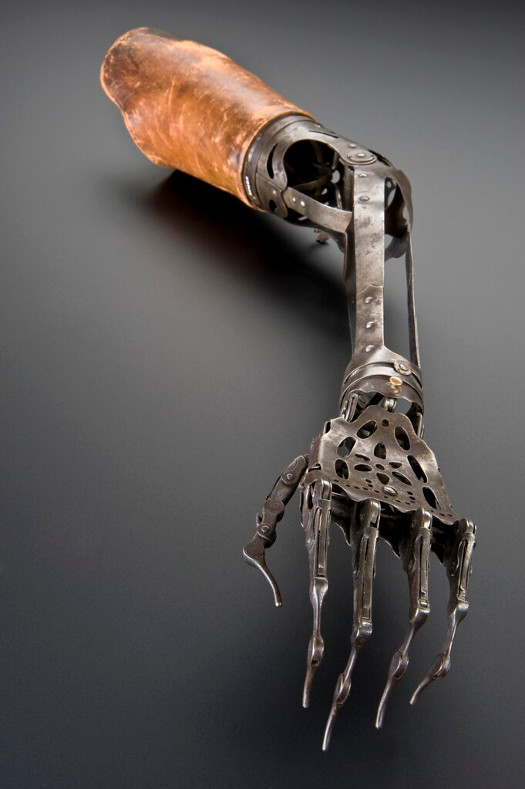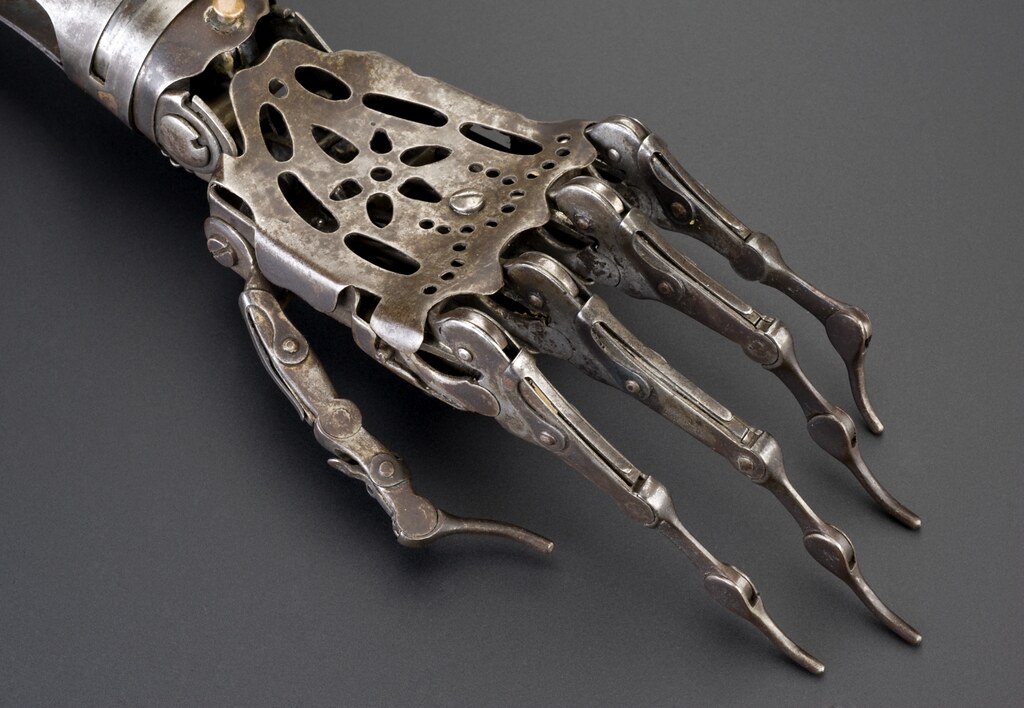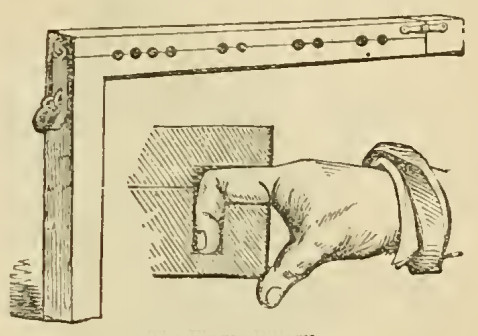An epic contest from the Annual Green Fair and South West Scythe Festival in Somerset, U.K., June 2010.
One commenter wrote, “Now we know why Death carries a Scythe, not a brushcutter.”
An epic contest from the Annual Green Fair and South West Scythe Festival in Somerset, U.K., June 2010.
One commenter wrote, “Now we know why Death carries a Scythe, not a brushcutter.”

In contemporary secretary schools, training emphasizes the inhibition of reading for meaning while typing, on the assumption that such reading will hinder high-speed performance. Some support for this assumption derives from the introspections of champion speed typists, who report that they seldom recall the meaning from the source material incidentally.
— William E. Cooper, Cognitive Aspects of Skilled Typewriting, 2012
We don’t even know the keyboard. A 2013 study at Vanderbilt asked 100 subjects to take a short typing test; they were then shown a blank QWERTY keyboard and given 80 seconds to label the keys. On average they typed at 72 words per minute with 94 percent accuracy but could correctly label only 15 letters on a blank keyboard.
“This demonstrates that we’re capable of doing extremely complicated things without knowing explicitly what we are doing,” said graduate student Kristy Snyder.
It had formerly been believed that typing starts as a conscious process that becomes unconscious with repetition. But it appears that typists never memorize the key locations in the first place.
“It appears that not only don’t we know much about what we are doing, but we can’t know it because we don’t consciously learn how to do it in the first place,” said psychologist Gordon Logan.
(Kristy M. Snyder et al., “What Skilled Typists Don’t Know About the QWERTY Keyboard,” Attention, Perception, & Psychophysics 76:1 [January 2014], 162-171.)
Above: From Paris, 1927: a novelty car that can “sidle” into parking spaces.
Below: Someone was actually working on this in the 1950s (thanks, Martin):
A related puzzle from The Chicken From Minsk, Yuri B. Chernyak’s 1995 collection of math and physics problems: Why is it easier to parallel-park a (conventional) car by backing into the space rather than pulling in directly?

This Victorian artificial arm and hand is in the collection of the London Science Museum. “The arm is amazingly versatile,” writes Ben Russell in Robots (2017). “The elbow can be locked in several positions, and the fingers articulated using a brass button in the wrist. It is also heavily decorated in the neo-Gothic style. Rather than being covered up, this arm would be out on view, making its wearer a true man-machine.”


Henry T. Brown’s 1868 mechanical encyclopedia Five Hundred and Seven Mechanical Movements is being animated on this fascinating site — see working demonstrations of hundreds of mechanical linkages from the age of steam.
Note that it’s a work in progress — the movements that have been animated are indicated with colored thumbnails. Owner Matt Keveney plans eventually to animate all 507 movements in Brown’s original text.
(Thanks, Sharon.)
Feeling blue. Read more: https://t.co/S9YIoiIH3L #worldmentalhealthday pic.twitter.com/r6kG79EPbj
— World Economic Forum (@wef) October 10, 2018
Tokyo has the world’s busiest train stations, handling 13 billion passenger trips a year. To keep things running smoothly it relies on some subtle features to manipulate passenger behavior.
Blue lights mounted discreetly at either end of a platform, the points at which prospective suicides contemplate leaping into the path of oncoming trains, have been associated with an 84 percent decline in such attempts.
Rail operator JR East commissioned composer Hiroaki Ide to replace the grating buzzer that used to signal a train’s departure with short, pleasant jingles known as hassha melodies. These have produced a 25 percent reduction in passenger injuries due to rushing.
Stations also disperse young people by playing 17-kilohertz tones that can generally only be heard by those under 25. And rail employees are trained to use the “point and call” method, shisa kanko, in executing tasks. Physically pointing at an object and verbalizing one’s intentions has been shown to reduce human error by as much as 85 percent.
(Thanks, Sharon.)

Science fiction writer Harlan Ellison typed more than 1,700 works using a single finger of each hand. In 1999 Mike Keith set out to learn which words would be easiest for him to type. “Easy” means that successive letters are typed by alternate hands and that the hands travel as little as possible. (See the article for some other technicalities.)
Here are the easiest words of 4 to 13 letters; the score in parenthesis is the total linear distance traveled by the fingers, normalized by dividing by the length of the word (lower is better):
DODO, PAPA, TUTU (0.00)
DODOS, NINON (0.20)
BANANA (0.17)
AUSTERE (0.77)
TEREBENE (0.53)
ABATEMENT (1.12)
MAHARAJAS (0.88)
PROHIBITORY (1.15)
MONOTONICITY (1.19)
MONONUCLEOSIS (1.05)
Ellison could easily have used most of these in a story about an infectious disease outbreak in India. But I guess that might have looked lazy.
(Michael Keith, “Typewriter Words,” Word Ways 32:4 [November 1999], 270-277.)
![]()
Here’s a surprisingly modern-looking exercise machine from 1796. Essentially it’s a set of flywheels turned by hand cranks and foot treadles; Francis Lowndes said he patented it “to give and apply motion and exercise, voluntary or involuntary, to the limbs, joints, and muscles of the human body.”
He claimed he’d successfully used it to treat gout, palsy, rheumatism, debility, and contraction, but he said it would be equally useful for healthy people in sedentary occupations, according to the Monthly Magazine: “The merchant, without withdrawing his attention from his accounts, and the student, while occupied in writing or reading, may have his lower limbs kept in constant motion by the slightest exertion, or by the assistance of a child.”
A striking paragraph from A Woman’s Work Is Never Done, Caroline Davidson’s 1982 history of housework in the British Isles:
One woman actually entered the nascent electrical industry in the 1870s. Pretending to be a man (she assumed the name of Charles Torr) she rose to become managing director of a large Birmingham firm called Winfield’s which produced ornamental brass-work, chandeliers and fittings suitable for interior electric lighting. She joined a dining society of electrical engineers called the ‘Dynamicables’ where many of the problems facing the new industry were discussed. She obviously had the vision to see electricity’s brilliant future, as well as a flair for business and exceptional talent for concealing her sex. For, in the early 1880s, she approached Rookes E.B. Crompton with a proposal that their two firms should go into partnership; Compton’s was to carry out lighting installations and Winfield’s was to supply the capital and fitments. Her plans were extremely grand: she wanted to apply for a Parliamentary act to light Birmingham and to sell electrical goods world-wide. However, after the two firms had co-operated for several years, Winfield’s ran into financial difficulties and Charles Torr committed suicide: only then did her colleagues learn her true sex.
I haven’t been able to learn anything more. Davidson cites Crompton’s Reminiscences of 1928, which is unfortunately rare.

Here’s a forgotten punishment. In the 17th century, in return for a minor offense such as not attending to a sermon, a wrongdoer might be required to place his finger into an L-shaped hole over which a block was fastened to keep the knuckle bent. “[T]he finger was confined, and it will easily be seen that it could not be withdrawn until the pillory was opened,” writes William Andrews in Medieval Punishments (1898). “If the offender were held long in this posture, the punishment must have been extremely painful.”
In his 1686 history of Staffordshire, Robert Plot recalls a “finger-Stocks” “made for punishment of the disorders, that sometimes attend feasting at Christmas time.” Into this “the Lord of misrule, used formerly to put the fingers of all such persons as committed misdemeanors, or broke such rules, as by consent were agreed on for the time of keeping Christmas, among servants and others of promiscuous quality.”